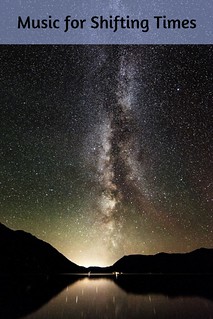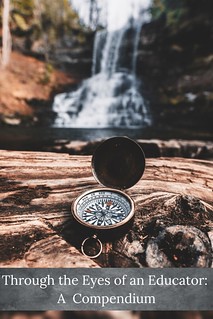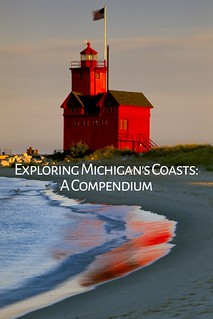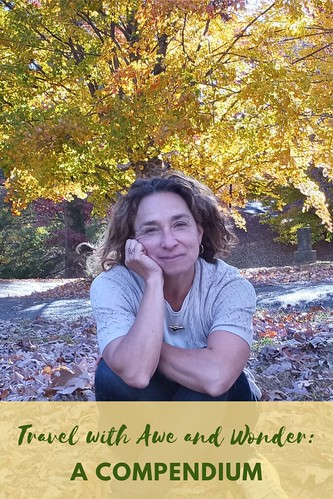Visiting the wine heartland of Tuscany
A land of so many dreams, with its fairy-tale castles, hill-top towns and fabulous verdant landscape, Tuscany is also home to some of Italy’s very best red wines, based on the Sangiovese grape. This part of Italy is very much olive oil country too, with excellent cuisine, and a visit to Tuscany usually features high on any food and wine lover’s wish list.
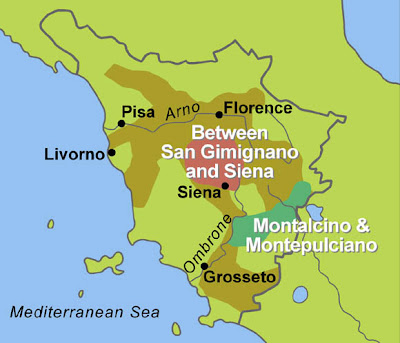
Chianti, which has become probably Italy’s most recognised wine name, comes from a huge vineyard area, the best and original part being designated as Chianti Classico (chianticlassico.com/en). This zone stretches south of Florence towards the lovely, must-visit town of Siena, with the main, smaller Chianti Classico towns being Radda, Castellina, Panzano and Greve, all steeped in history. Any of these would make an ideal base to stay for a few days to explore the region and there is also a great choice of agriturismo farm accommodation on the vineyards and olive groves.

Wine writer Michèle Shah, who has lived in Florence for many years, writes in the introduction to Wine Travel Guides guide to Siena and San Gimignano:
“High on the list of the many sensual joys of visiting Tuscany are the pleasures of wining and dining. Art and literature have emphasized the extravagant banquets of Tuscany’s Renaissance courts, the revelry of Medieval hunting and harvest feasts, which are still very much akin to the culture of Tuscany and its people. As you visit the picturesque Siena and the surrounding little towns and villages you will find trattorias and restaurants that will tantalise you with alluring aromas and flavours.”
Sangiovese (meaning literally “blood of Jove”) is the star red grape variety in Tuscan wines including Chianti, Vino Nobile di Montepulciano and Brunello di Montalcino. It gives the wines a characteristic black cherry fruit character and provides the structure to age well. Sangiovese is often blended with small amounts of other grape varieties, some local, like Canaiolo, others internationally recognised such as Cabernet Sauvignon or Merlot, but the latter are subject to much heated debate and controversy amongst those Italian wine lovers who yearn for authenticity. Typical for traditional European wine regions, there are strict rules for how much of each grape variety is allowed for the official wine designations of DOC and DOCG, as well as about the ageing of the wines in oak. Those wines that fall outside of the rules are not allowed to use, for example, the Chianti DOCG appellation and instead are marketed under a more generic name such as IGT Toscana, known more colloquially as ‘Super Tuscans’. Some of the region’s star wines based on Cabernet Sauvignon fall into this category.
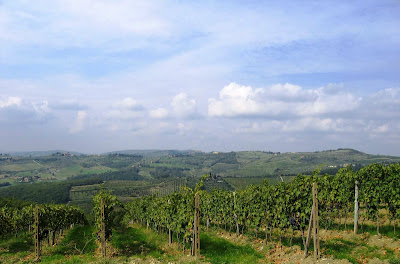
For Chianti, a good place to start your studies of the wine area is at the recently opened information centre of the Chianti Classico Consortium, the Santa Maria al Prato convent in Radda. Originally a Franciscan Monastery dating from the 14th century, it offers plenty of information on the different wineries to visit in the area, and in 2012 will include a contemporary art centre. Not far from Radda you will find the extraordinary fortified village of Castello di Volpaia where they have been making Chianti since the 13th century, and also produce olive oil. You can visit their shop, or better still make an advanced appointment for a tour of the winery and the castle. There is also a restaurant and beautiful accommodation available.
The whole area is full of wine estates where you can visit and taste, but make sure you prepare in advance as many require appointments. Otherwise, there are welcoming enotecas (wine shops/bars) in most of the small towns of the area. In Greve in Chianti, Le Cantine offers 140 wines to taste, all preserved in enomatic machines, which allow the wines to be offered in the best conditions. You just buy a pre-paid card and help yourself to which wines you want to taste. Greve is also known for its wine festival which takes place on the second weekend of September.
The Chianti region is well-known for its cooking schools, many of which are held at wineries, such as at Badia a Coltibuono, a beautiful old abbey, and now a modern organic wine estate. There are eight guest bedrooms and a range of courses available. Aside from at the wineries and cooking schools, you will be spoilt for eating choice in the local towns, with restaurants offering local specialities such as the warming soup Ribollita, made from left over bread, canelli beans and inexpensive vegetables such as black cabbage, carrots, onions and spinach. Meat is a big feature of Tuscan cooking, anything from the T-bone chianina steaks named Bistecca Fiorentina to game dishes or Rosticciana, herb-flavoured grilled pork spare ribs.
Beyond Chianti, lovers of fine red wines should visit the picturesque hilltop towns of Montepluciano and Montalcino and explore the many wineries scattered around the vineyards in-between. For lovers of dry white wines, San Gimignano is the place to go as their local strain of the Vernaccia grape yields excellent results, especially from producers such as Sono Montenidoli or Guicciardini Strozzi, both of whom welcome visitors by appointment. The town is a UNESCO World Heritage site famous for its many towers, originally built as status symbols in the Middle Ages.
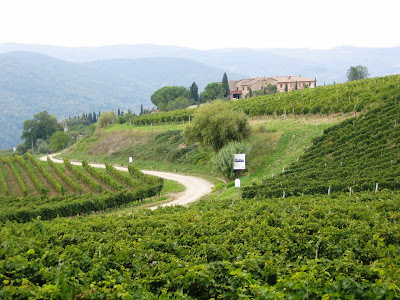
It’s easy to see why after exploring the endless countryside, the art and the history of the Tuscan towns, and indulging in the many flavours of the foods and wines on offer, one could be tempted to spend a lifetime here as so many expats have done through the ages.
Wine Travel Guides offers two guides to wine regions in Tuscany written by Michele Shah. All the information is available to view free, or the PDF guides can be downloaded for a small price. To access these along with the latest versions of the PDF guides for all the comprehensive Wine Travel Guides to France, and to Rioja in Spain, you can buy annual membership for which Wandering Educators visitors are eligible to a discount. To celebrate the New Year of 2012, an even better discount is being offered of 30% off normal price, valid until 29 February. Just enter D2WE0112 into the Promotional Code box on the Join Today or Gift pages to receive the discount.
Our Wine Travel editor, Wink Lorch, is a freelance wine writer based in Europe and owns the Wine Travel Guides website offering on-line travel guides to wine regions in France, Spain and Italy. All guides are free to view, or you pay a small price to download the PDF guides. Wandering Educators visitors can use the discount code D1WAND09 to purchase Gold membership (access to all PDF guides for 12 months) at a reduced price of £25 (approx. $43). Click here for details.
All photos courtesy and copyright Brett Jones.
Feature photo: Sangiovese in Chianti
-

- Log in to post comments


